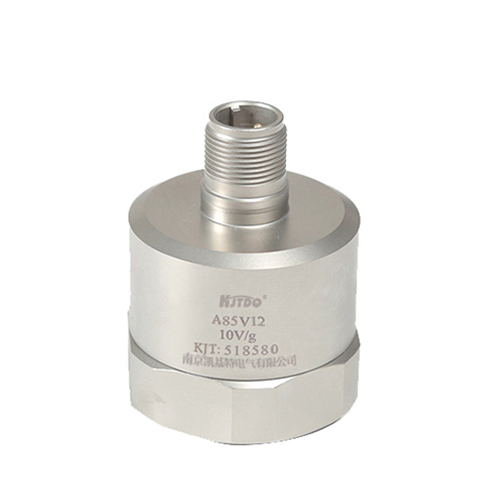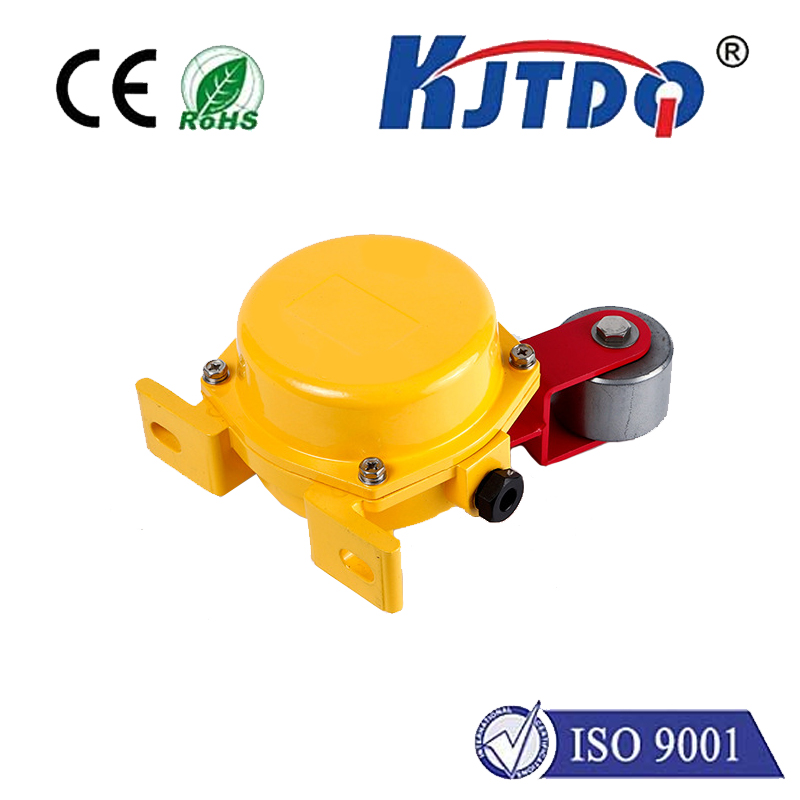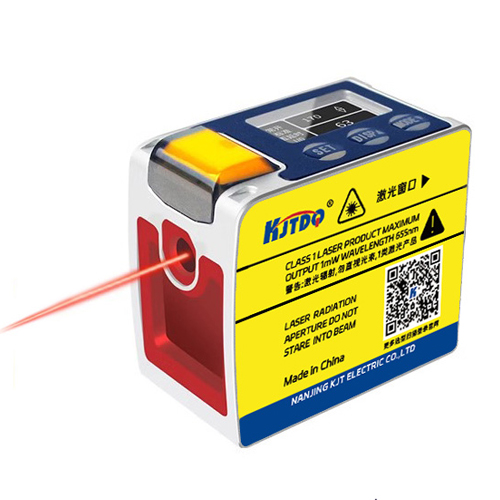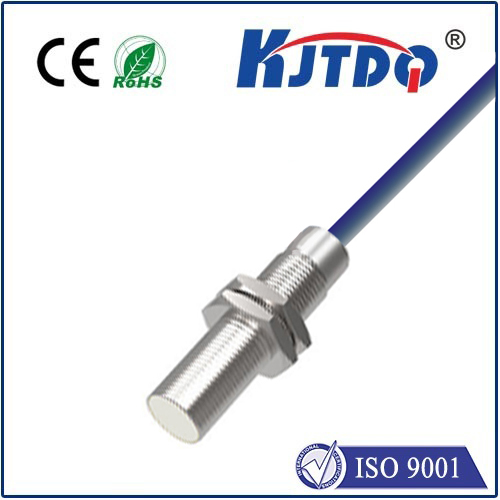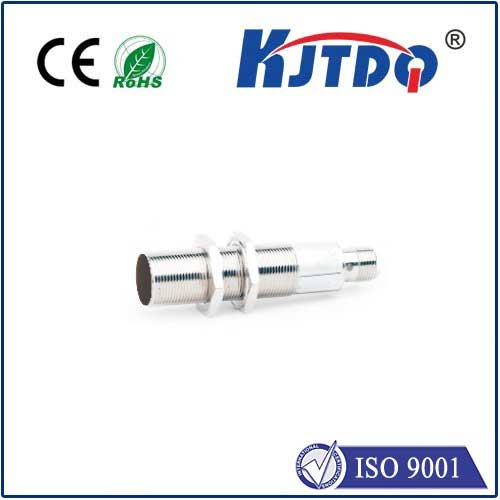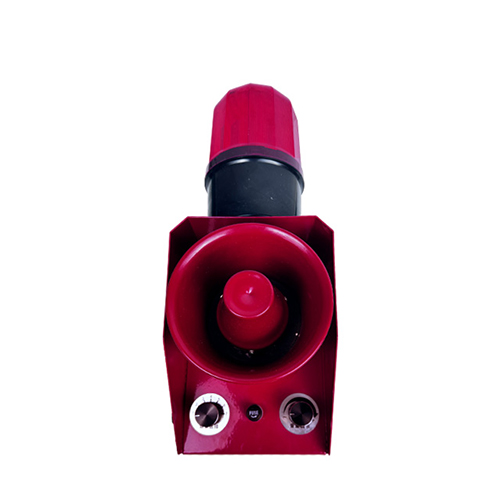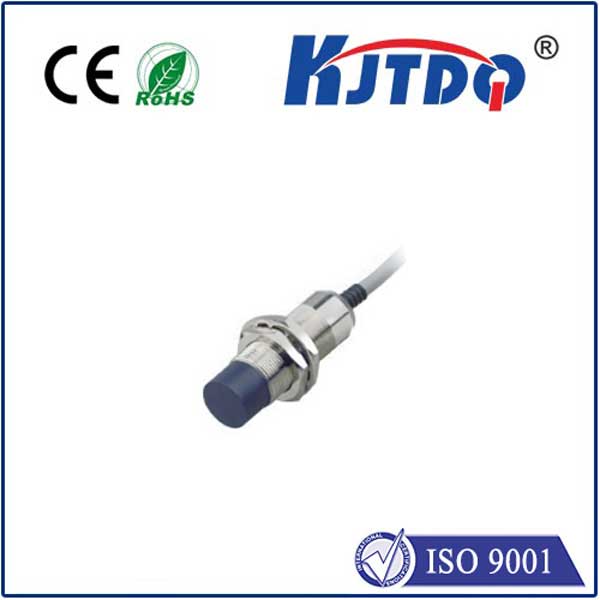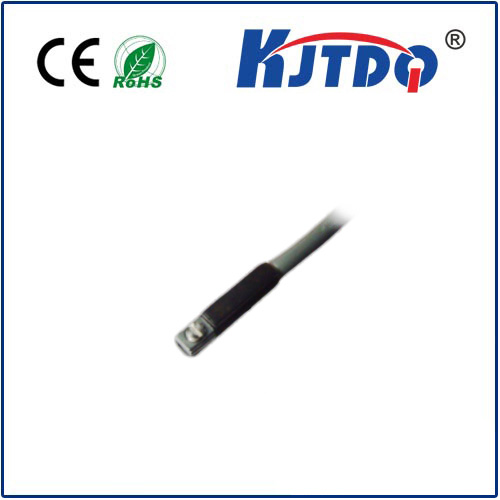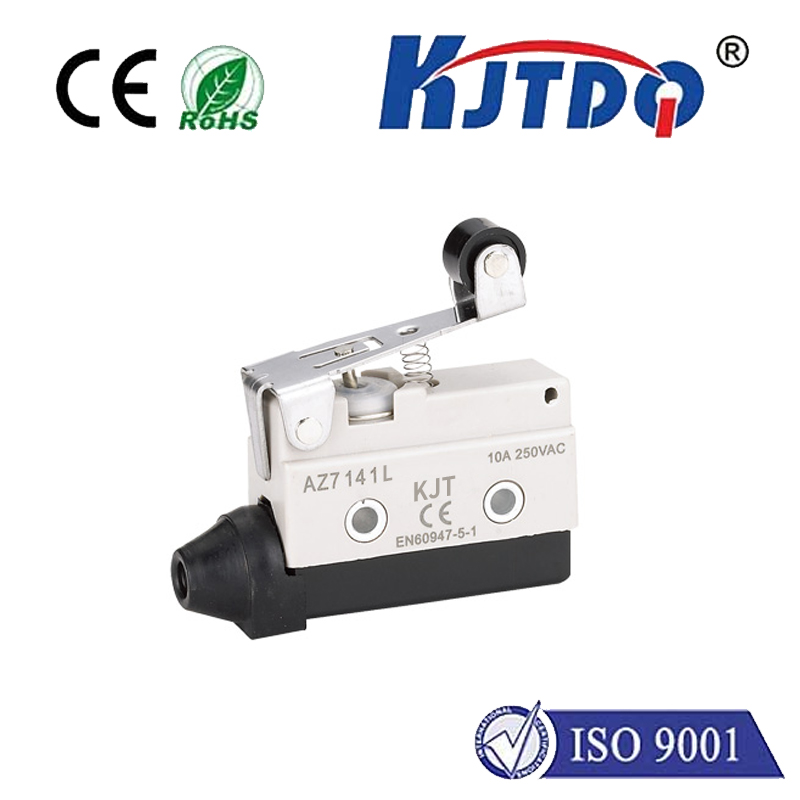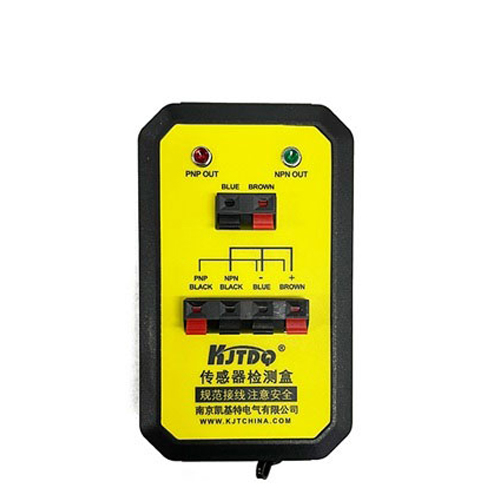

check

check

check

check

check

check

check

check

check

check

Title: The Importance of Turbine Speed Sensors in Modern Wind Energy Systems Introduction As the world continues to shift towards renewable energy sources, wind power has emerged as a popular choice for generating clean and sustainable electricity. However, the efficient operation of wind turbines requires precise control and monitoring of various parameters, one of which is turbine speed. This is where turbine speed sensors come into play. In this article, we will explore the significance of these sensors in modern wind energy systems. Understanding Turbine Speed Sensors A turbine speed sensor is a device that measures the rotational speed of a wind turbine’s rotor blades. It does this by detecting the frequency of electrical signals generated by magnets embedded in the rotor hub. The sensor then converts this information into a digital signal that can be processed by a computer or control system. Applications of Turbine Speed 🚨 Turbine speed sensors are used for several important applications in wind energy systems. One of their primary functions is to ensure that the rotor blades rotate at optimal speeds to maximize power output while minimizing wear and tear on the equipment. By monitoring the rotational speed, operators can make adjustments to the pitch angle of the blades or the generator’s load to maintain peak performance. Another critical application of turbine speed sensors is in load shedding during periods of low demand for electricity. When the grid becomes overloaded, excess power can cause damage to infrastructure and equipment. To prevent this, wind turbines equipped with turbine speed sensors can automatically reduce their output by adjusting the blade pitch or generator load, effectively shedding some of the load from the grid. Benefits of Using Turbine Speed Sensors There are several benefits to using turbine speed sensors in modern wind energy systems. Firstly, they help improve overall system efficiency by ensuring that the turbine operates at its optimal speed. This results in increased energy production and reduced operating costs. Secondly, they provide real-time data on turbine performance, allowing operators to identify potential issues before they become major problems. Finally, they enable more accurate forecasting of energy production, which can help utilities plan better and avoid blackouts or brownouts. Conclusion In conclusion, turbine speed sensors play a vital role in modern wind energy systems by providing precise control and monitoring of turbine operations. Their ability to measure rotational speed accurately allows for optimal performance, load shedding during periods of low demand, and improved system efficiency. As the world continues to move towards renewable energy sources, investment in advanced sensor technology like turbine speed sensors will only become more important.
